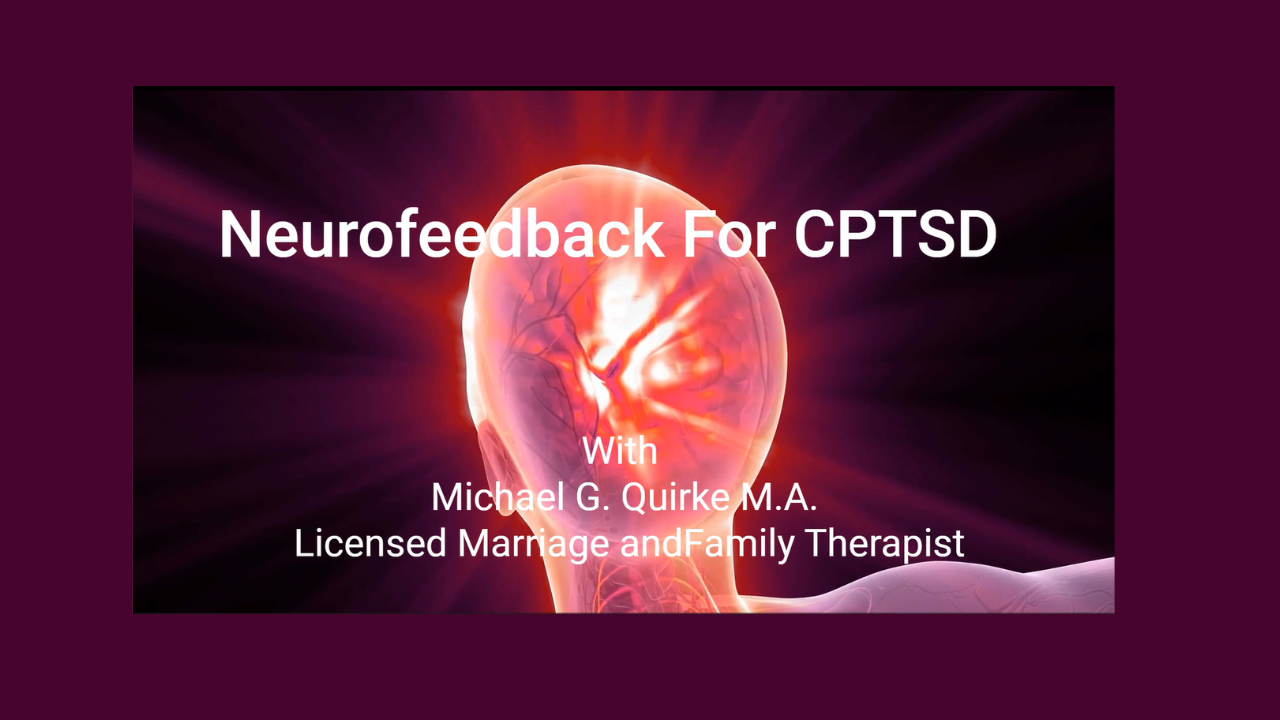“Why can’t I sleep? I must be going crazy!” That question is exactly why people turn to neurofeedback for insomnia.

Have you tried going to therapy for your sleep problems or worked to improve your sleep hygiene, yet, nothing improves?
It could be that the solution is neurofeedback for insomnia. This form of neurofeedback therapy can help you get back into a more typical sleep cycle, allowing you to enjoy the full night’s rest that you’ve been dreaming of.
What Is Neurofeedback Therapy?
Neurofeedback therapy has been used for many problems, including, anxiety, ADHD, PTSD and sleep disruption. It involves using an EEG machine that displays your brainwaves on a screen. This allows the user to visualize and understand what their brainwaves look like.
If you have been experiencing a problem such as sleep anxiety, those brainwaves will vary from what typical brainwaves should look like. A practitioner trained in neurofeedback therapy can help you to identify issues that are causing these disruptions and work towards addressing those problems.
This therapy also involves using the EEG machine to get feedback of how your brain responds to rewards as you train you brain to produce eeg brainwaves that support healthy sleep. Neurofeedback therapy also trains your brain to counter symptoms of anxiety and depression, which are two of the most common reasons we can suffer from insomnia. .
Understanding Your Brain and Insomnia
When it comes to insomnia, you can use neurofeedback to understand why you can’t sleep. When you are attached to the eeg machine, you may see a lot of activity in certain parts of your brain.
For example:
- Prefrontal cortex: A lot of activity in certain frequencies in this part of the brain can suggest obsessive thinking, which keeps you awake.
- Motor cortex: Excess activity here can imply muscle tension, which makes it harder to fall asleep.
- Posterior: If you have brain activity here, it might cause you to experience anxiety.
By using the EEG machine with the guidance of your therapist, you can best identify why and where in your brain the abnormal activity is coming from. Then, you both can begin to address the problem.
Using Neurofeedback for Insomnia
Next, you and your therapist start training your brain so that you can get a better night’s rest. By using training exercises while using neurofeedback therapy, your therapist will be able to tell if the new sleep techniques are working.
Some habits that your brain can learn from session of neurofeedback for insomnia include:
- Breathing exercises to calm yourself down
- Muscle relaxation techniques
- Allowing your mind to slow down (especially when it comes to racing thoughts)
- Challenging negative thinking and replacing it with positive thoughts
- Focusing on counting or repeating an affirming saying
These exercises are done by utilizing conditioning and mirroring. Both are based on a system that rewards your brain to reinforce positive sleep habits.
All of this is done while you are connected to the EEG machine so that both you and the therapist can see the results of the training in real time in your brain patterns.
Neurofeedback for Insomnia: Taking the Training Home
Once your session is over, you can continue to get the benefits of the training at home. At night, when you are going to bed, you can utilize what you learned in session to try to get a better night’s sleep.
The benefit is that your brain will have already experienced the conditioning and mirroring earlier in the day. That means, when you try to fall asleep at night, your brain will already be practiced in the sleep technique you are using.
—
Neurofeedback for insomnia is an out-of-the-box solution for a serious problem. If you’re having trouble getting enough sleep, then neurofeedback therapy could be the key.
If you would like to know more about neurofeedback therapy for treating insomnia, please contact me or learn more about how I use this method by clicking HERE.



